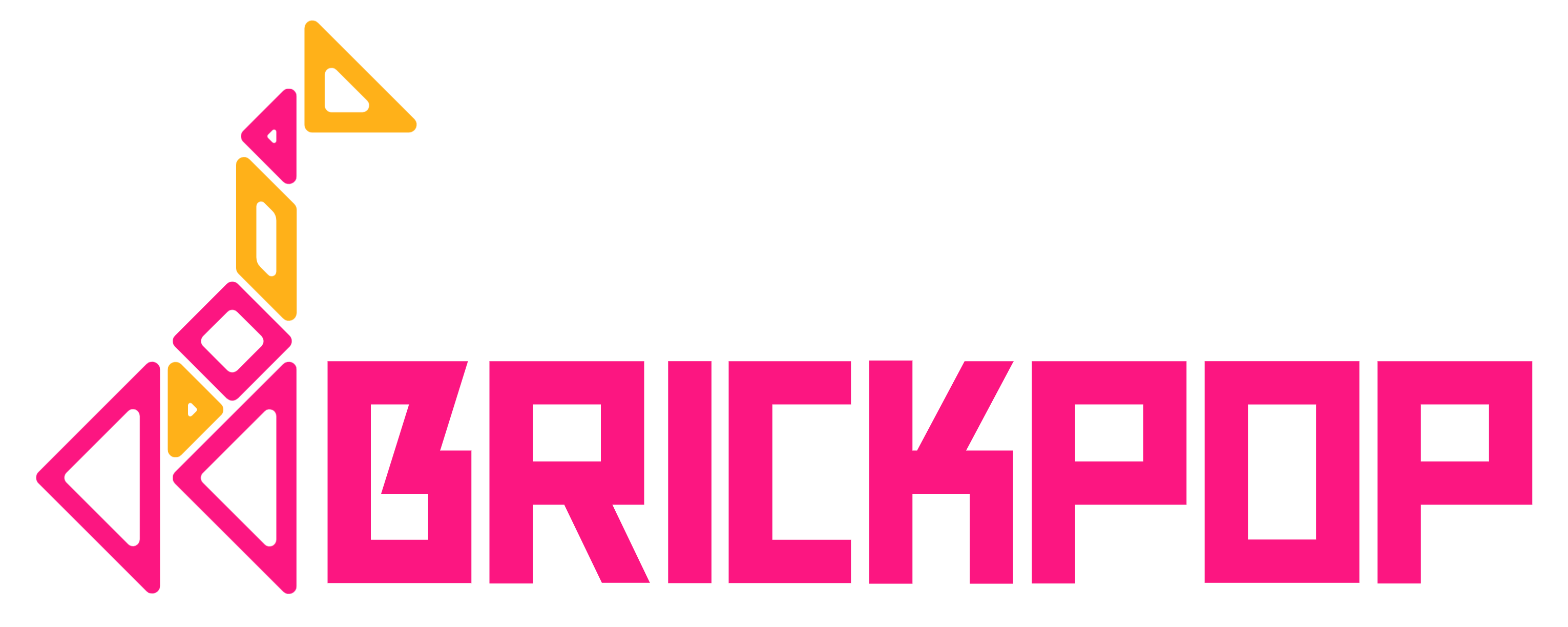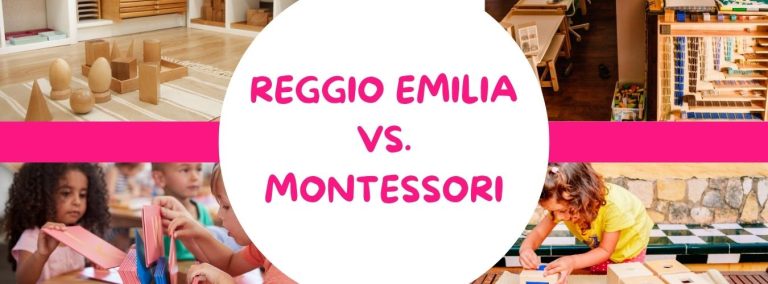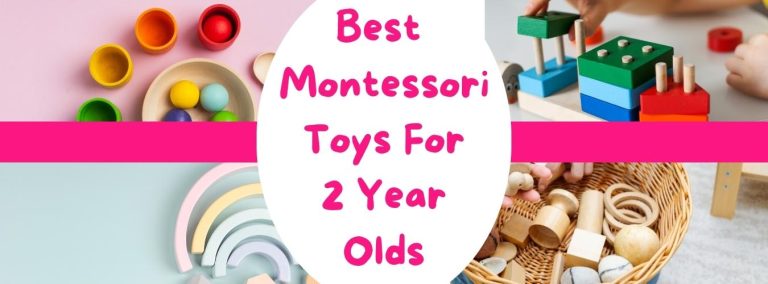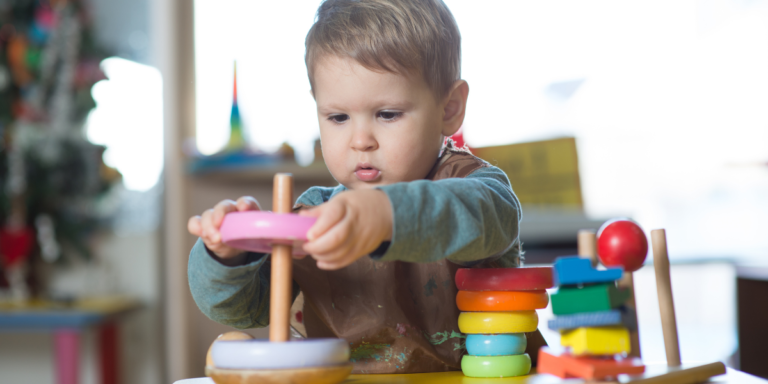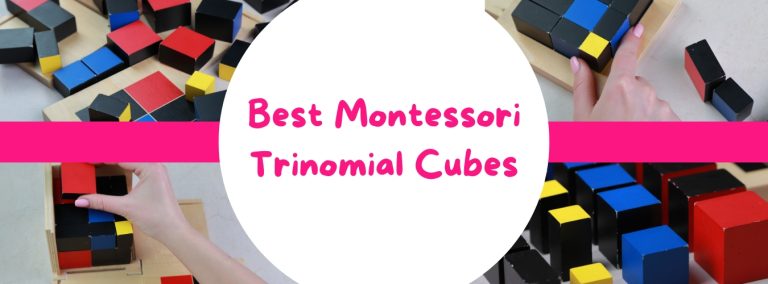When Do Babies Need Toys?
If you just had a baby, you probably have a lot of questions. One question you may have is when you can introduce toys to your baby. Babies grow and develop at an incredible rate during the first year of life. While toys are not needed in the early baby months, they become important developmental tools as your babies motor skills progress. Knowing when to introduce toys can help support key milestones. We will go over when babies need toys and the types of toys that babies can play with below.
0-3 Months: Babies Focus on Faces and Voices
In the first three months, a baby is not ready for toys. They are still developing basic visual skills and have limited motor control. Babies this age are fascinated by the human face and voice. Focus on making eye contact, smiling, talking, and singing to your baby. High-contrast black and white patterns also capture their attention at this stage.
3-6 Months: Babies Will Be Interested in Pacifiers, Rattles, and Teethers
As babies gain control of their arms and hands around 3-4 months, they will start reaching for and grasping objects. Provide safe, lightweight rattles, soft blocks, and easy-to-hold teething toys to satisfy their urge to hold things. Look for toys with contrasting patterns, bright colors, mirrors, and crinkly textures to stimulate developing senses.
6-9 Months: Add Interactive Toys
By 6 months, babies enjoy examining objects more closely and interacting with their environment. Introduce toys that respond to baby’s actions so they can start developing cause and effect skills. For 6-9 month old babies, choose engaging toys with different colors, textures, sounds, and sights like soft blocks, rattles, and activity gyms to stimulate their developing senses and curiosity. At this age, they also benefit from toys they can manipulate like chunky shape sorters, cloth books, and balls that encourage grasping, throwing, and object manipulation. Incorporate toys that encourage grasping, throwing, and manipulation skills.
9-12 Months: Facilitate Movement and Play
In the second half of the first year, babies’ motor skills allow more independence in sitting, crawling, and playing. Focusing on using toys that help strengthen mobility and encourage walking. For 9-12 month old babies, provide toys that promote movement and mimic real life like walkers and baby strollers. You should also incorporate interactive teaching toys. Lastly, introduce shape sorters, stackable cups, and boxes to challenge their problem-solving skills and hand-eye coordination during this stage of discovery.
Focus on Variety and Adaptability
Aim for a variety of toys suited to baby’s evolving abilities and interests. Simple, multi-purpose toys that grow with baby are best. Consider adaptations like handles, wrist straps, and seating supports to help babies of all ability levels explore toys independently. With thoughtful toy selection, playtime aids development all year long.
The first year is full of development. While toys are not essential initially, they become vital tools for supporting your babies coordination, learning, and motor skills. By choosing age-appropriate, interactive toys as babies develop, parents can encourage growth through the use of toys.
